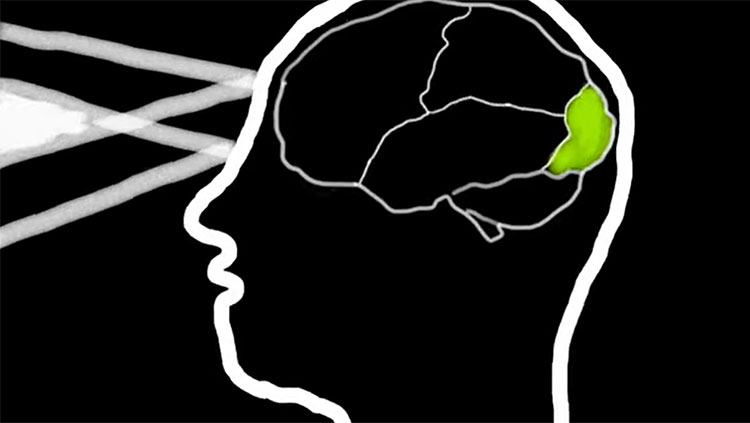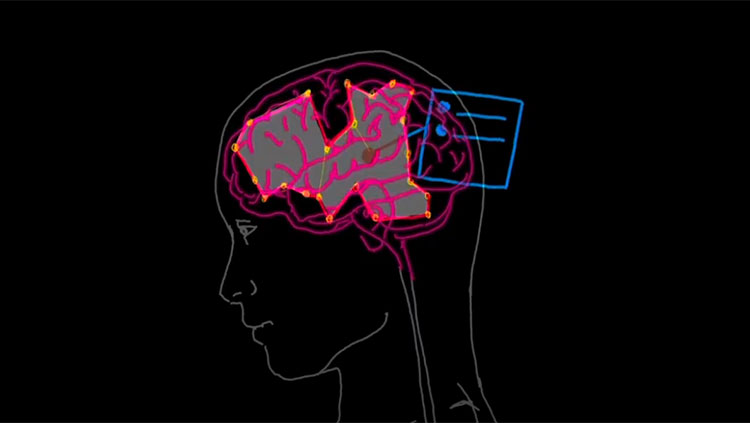The Space Between Us: Understanding Personal Space
- Published25 Jan 2023
- Source BrainFacts/SfN
Personal space is more than just a social preference or cultural norm. It’s one of the ways our brains try to keep us safe. It involves a series of calculations by different brain regions that take into account not only another person’s proximity, but also the setting and our emotions. We have four distinct zones of personal space, depending on our familiarity with the other person and the context of an interaction. If people intrude on those perimeters, we may feel uncomfortable. This ability to gauge the space around us is an essential survival tactic.
This is a video from the 2022 Brain Awareness Video Contest.
Created by Revathi Nair.
CONTENT PROVIDED BY
BrainFacts/SfN
Transcript
Have you ever been in these situations before? Have you ever been made uncomfortable by the proximity of others to you?
Welcome to Personal Space 101, where I will tell you what personal space really is, the science behind it, and what factors determine your personal space.
Personal space, more formally known as “peripersonal space,” is a constant protective buffer that we maintain around our bodies like a blanket of safety. Intrusions within the space can lead to feelings of discomfort. The concept of personal space is pretty straightforward. But in reality, it is a computationally complex process that involves different areas of the brain which add depth to our experience of the world around us.
The ability to gauge the space around us is essential to our survival. According to research, the parietal cortex and the premotor cortex are involved in mapping and monitoring the space. The neurons in these regions build a multi-sensory map of the space around us by aligning our vision, hearing, and sense of touch.
These neurons fire when someone or something is moving too close to us, signaling the presence of a potential threat. This mechanism is what allows us to safely navigate through space.
The parietal lobe and the premotor cortex also play a key role in navigating social interactions. These brain regions contain 'mirror neurons' that are responsible for making us feel uncomfortable when we see someone else's personal space being breached as if it were our own.
The amygdala is found to be involved in the affective experience of personal space. These structures are considered to be the seat of emotion, and emotional responses are integral in navigating social interactions. People with lesions in this part of the brain are found to have no concept of personal space.
"Hey!"
Together, these brain regions are responsible for monitoring and keeping our personal space clear of danger, usually by generating a defensive response.
According to anthropologist E.T. Hall, there are four distinct zones of comfort within our personal spaces. The “intimate space,” which is reserved for close friends and family. The “personal space,” meant for friends and acquaintances. The “social space,” reserved for new acquaintances and strangers. The “public space,” where anyone can enter without causing discomfort or feelings of threat.
The distances Hall states are simple approximations. In reality, the brain's perception of personal space is quite dynamic. The limits of one's personal space not only varies from person to person, but also fluctuates for every one of us on the basis of several factors such as past experiences, context, personality, and gender.
The radius of one's personal space increases with increasingly personal relationships and the perceived impersonality of the setting. It also varies according to your level of anxiety. The more anxious you are, the larger your personal space and vice versa.
An important factor that leads to variations in personal space is culture. Some cultures are more tolerant of close proximity than others. Experience from being exposed to the culture affects what social distance we think is normal and what is not.
The field that studies personal space and how people use the space in their interactions is called proxemics. It is an important aspect of non-verbal communication. Proxemics is useful to a number of fields, all the way from politics to the film industry.
Being aware of cultural differences in communication is essential for preventing misunderstandings and building better relationships with the people around us.
Also In Thinking & Awareness
Trending
Popular articles on BrainFacts.org

















